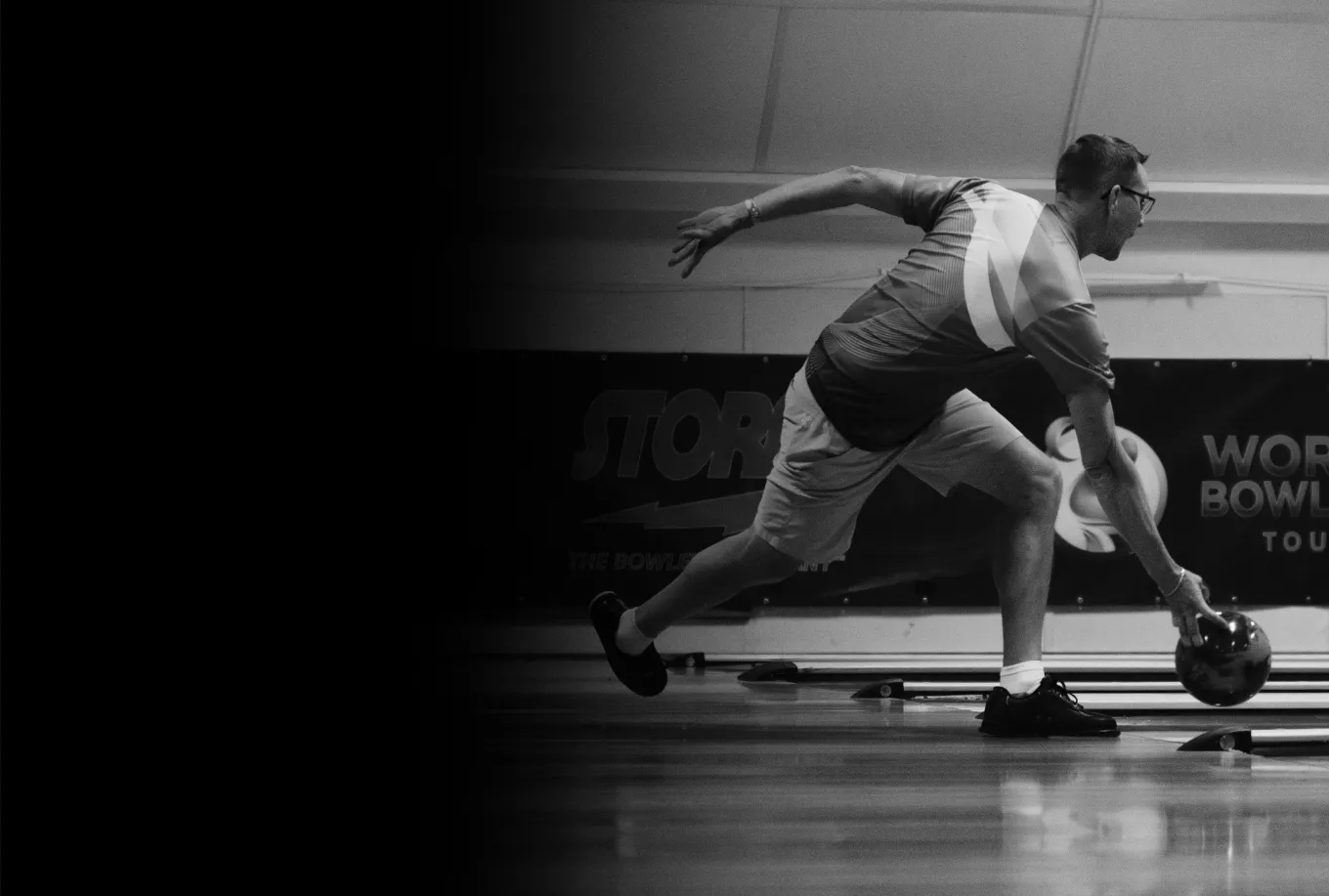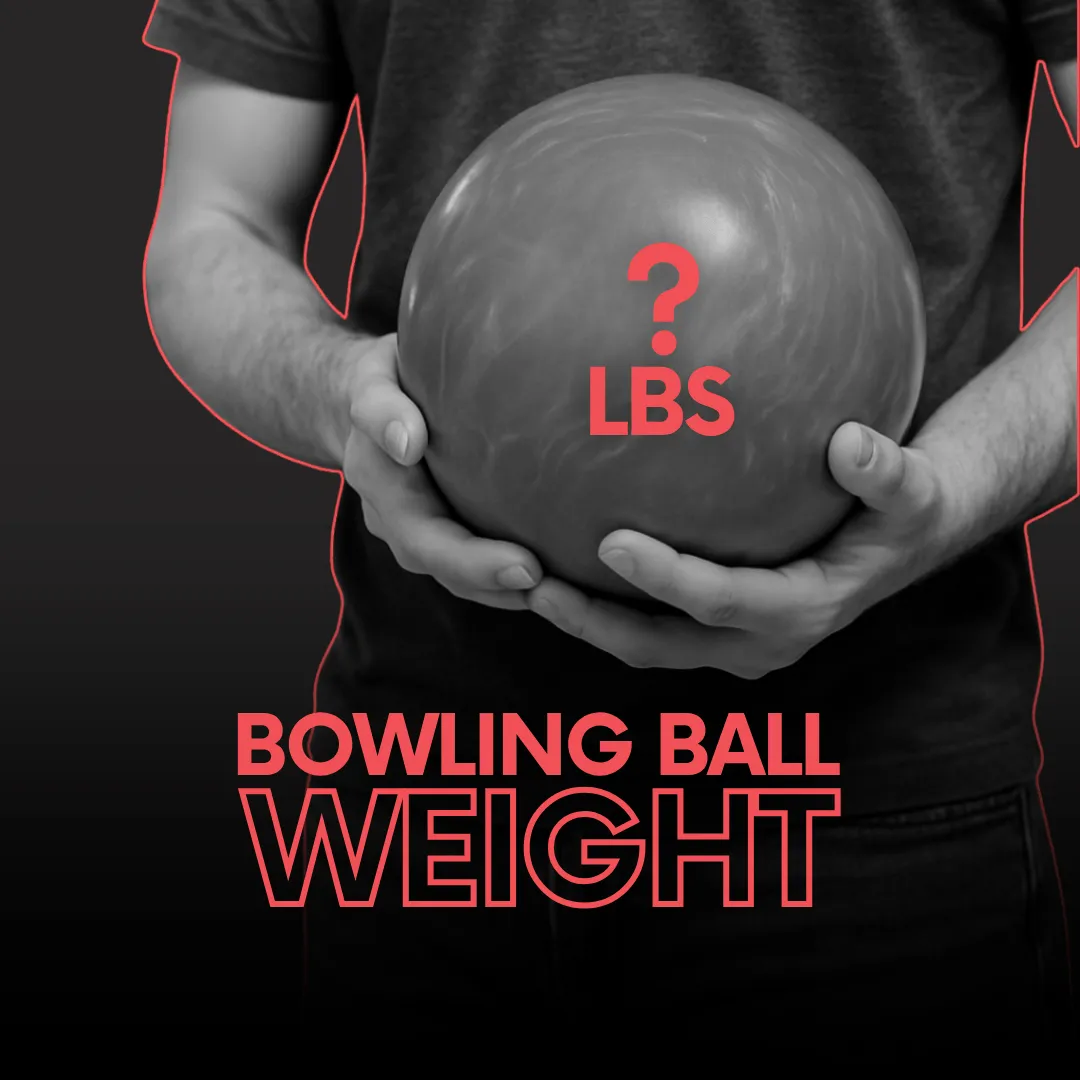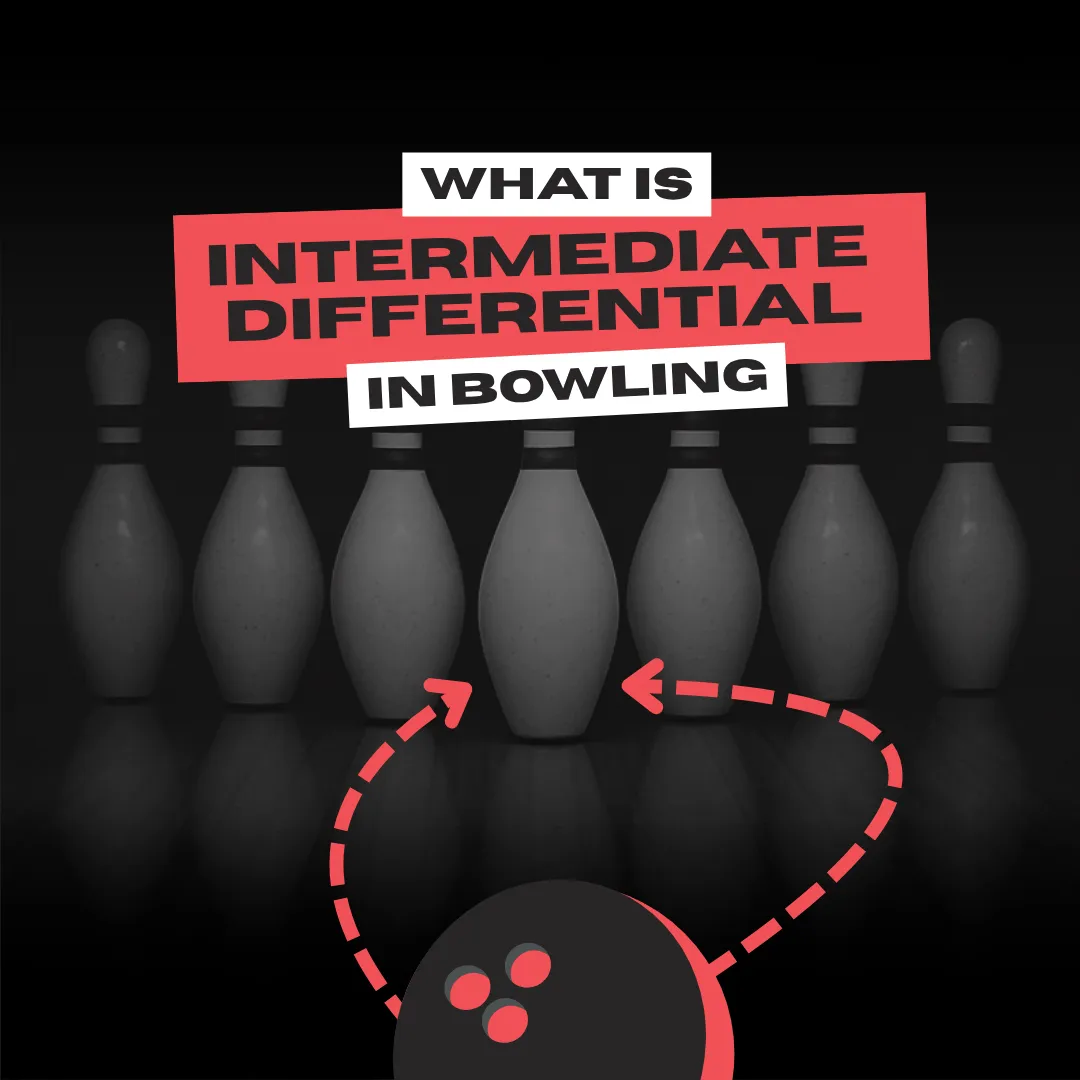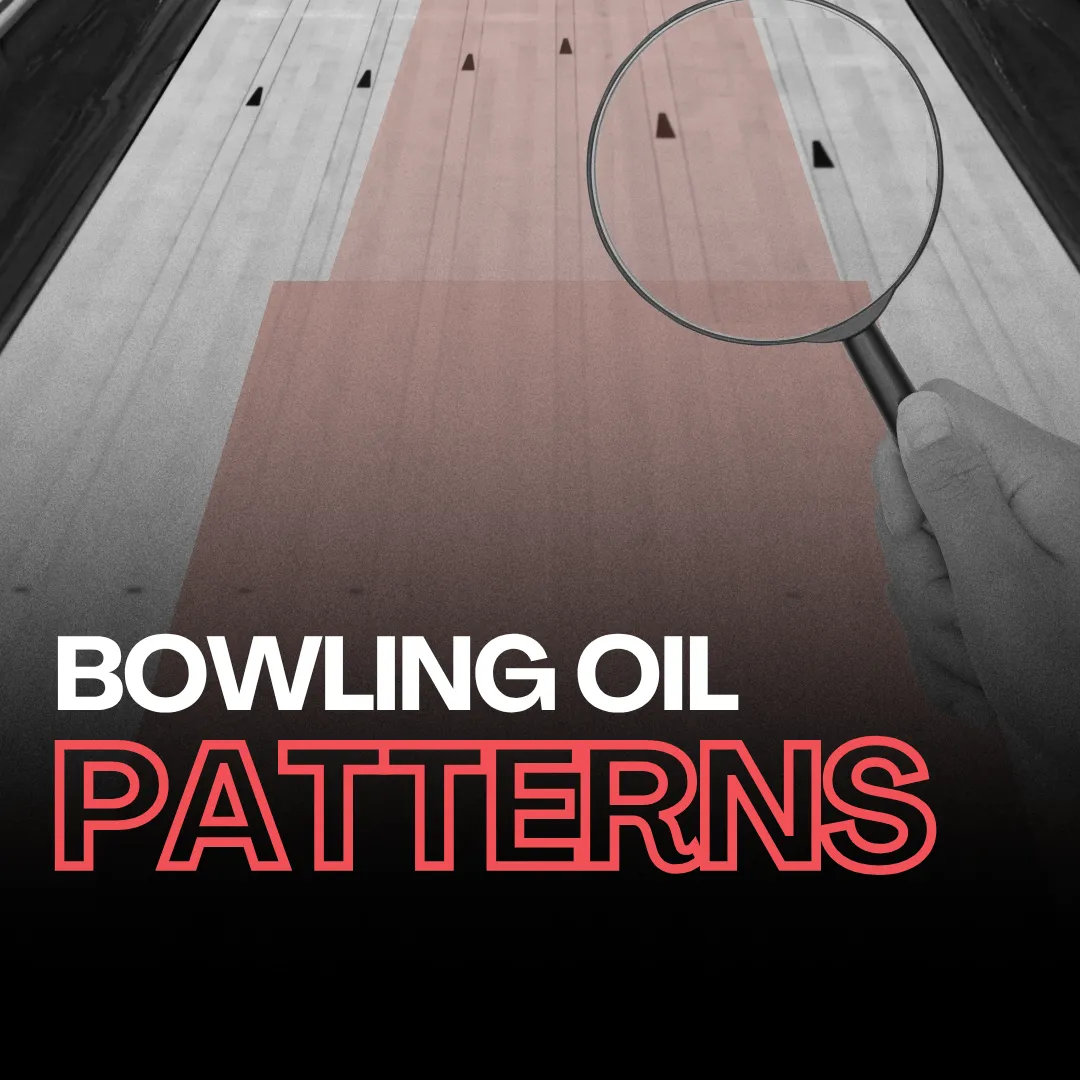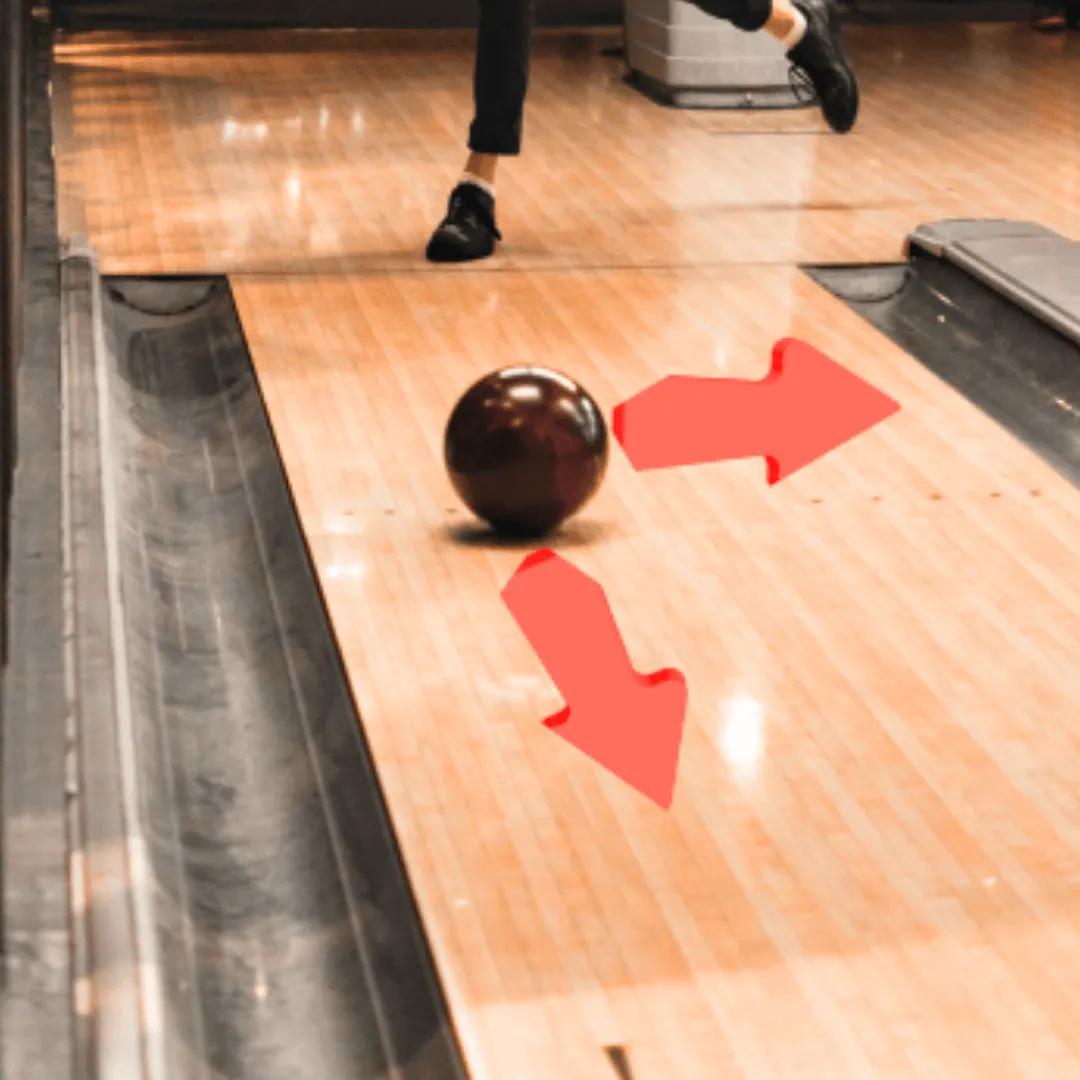While beginners might not know, no two bowling players throw the ball the same way. We are all different - so are our bowling styles and techniques. This article will cover the basic bowling techniques and player styles essential to know in this complex sport.
Bowling techniques
Bowling techniques depend on bowling ball motion on the lane. There are basically two different bowling techniques - straight and hook.
The straight ball will roll directly into the target (depending on whether you hit it or not) without a significant change of direction. It is the most basic technique, often used by beginners and recreational bowlers. As it gives most of its momentum to the front pin, a straight bowling ball diverts its trajectory from the rest of the middle pins, usually leaving some corner pins.
That is the main reason advanced players learn to hook the bowling ball. We've already explained Why hooking a bowling ball is better than throwing it straight in our previous article. With a hook shot, the ball starts in a straight line, but once it has made it part-way down the lane, it changes direction (curves). It happens because a player rotates the fingers on the side of the ball during release. It can be an annoying learning process, but it pays off.
When a bowling ball moves towards the pocket at a particular angular trajectory, it tends to bounce less after hitting the pins and maintain movement towards the middle of them. That also creates better pin movement, which means more strikes.
The hooking technique can be divided into classic and backup. In classic hook, the ball will curve from right to left (for right-hand players) and from left to right (for left-handers). Backup is a reverse hook when bowlers can curve a ball in the opposite direction.
Bowler styles
Bowlers can be divided according to their delivery style. There are three most common styles:
- Crankers - high speed and high bowling ball revolution (hook). Crankers play inside on the lane, generating massive pin action down the lane. Bowlers like Tommy Jones and Sean Rash would fit the cranker profile.
- Strokers - adequate ball speed and lower ball revolution (hook). Strokers frequently play farther outside on the lane. As low ball speed does not generate good pin action, strokers rely on accuracy. Norm Duke is a perfect example of a stroker.
- Tweeners - a mix between a cranker and a stroker. Usually, medium bowling ball revolution (hook) and high ball speed. Tweeners are known for their consistency. Bill O'Neill is an excellent tweener-style example.
There is no good or bad bowling style or technique. It is very individual and depends on the player's physical characteristics. The most important thing is to find what suits you best and knock up as many pins as possible.
